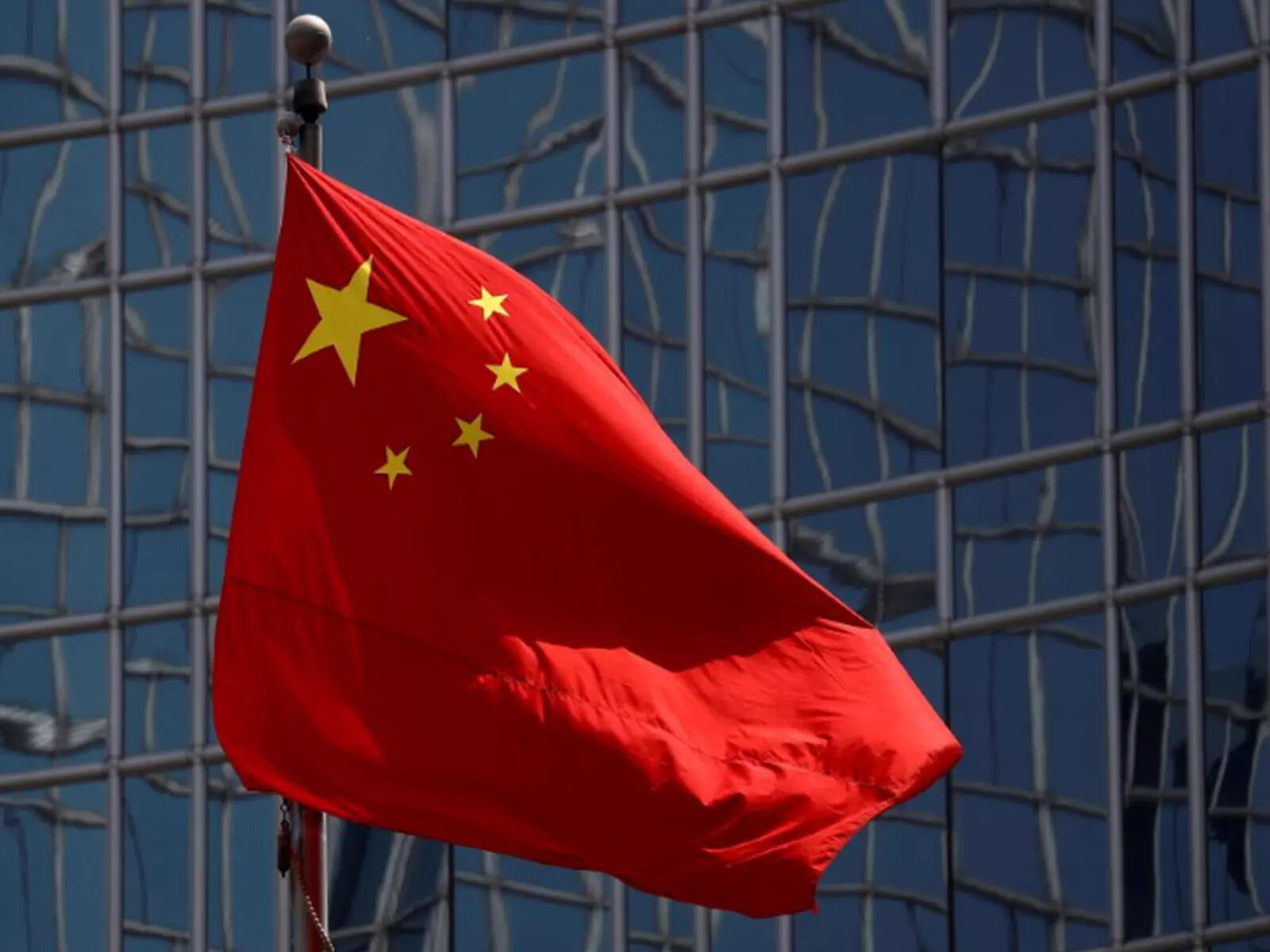Finance Minister Nirmala Sitharaman stated the government is closely monitoring exchange rates, highlighting the widespread depreciation of currencies against the strengthening US dollar. The rupee recently hit a record low of 88.27 against the dollar, influenced by concerns over newly imposed US tariffs, including a significant penalty on Russian crude oil imports, impacting key sectors like textiles and gems.
Navigating the Forex Seas: Keeping an Eye on the Rupee’s Journey
The Indian Rupee, like any currency in the global marketplace, is constantly in motion, a dance dictated by a complex interplay of factors. Recently, the government has reiterated its commitment to carefully monitoring these movements, ensuring stability and resilience within the Indian economy. But what does this actually mean for the average person, and what are the undercurrents shaping the Rupee’s trajectory?
Let’s dive in.
The currency market is a vast and sometimes volatile ocean. The value of the Rupee isn’t determined in a vacuum; it’s constantly being influenced by global events, investor sentiment, and, of course, India’s own economic performance. Factors like inflation, interest rates, and trade balances all play a significant role. Imagine it like a complex weather system – predicting the precise path of a storm is difficult, but understanding the prevailing winds and pressure points helps us anticipate its general direction.
One key element is the government’s role. It’s not about rigidly fixing the Rupee’s value – that’s simply not sustainable or desirable in today’s interconnected world. Instead, it’s about strategic intervention when necessary to curb excessive volatility and maintain overall economic stability. Think of it as a skilled captain subtly adjusting the sails to keep the ship on course during turbulent weather. This careful management helps prevent sharp, unpredictable swings that can negatively impact businesses and consumers alike.

What Influences the Rupee’s Strength?
Several factors constantly tug and pull at the Rupee’s value. Global economic conditions are a major driver. If the global economy is booming, there’s typically greater demand for Indian goods and services, which, in turn, strengthens the Rupee. Conversely, a global recession can weaken demand and put downward pressure on the currency.
Domestically, things like inflation play a critical role. High inflation erodes the purchasing power of the Rupee, making it less attractive to investors. The Reserve Bank of India (RBI) uses various tools, including adjusting interest rates, to manage inflation and maintain the Rupee’s stability. Higher interest rates can attract foreign investment, boosting the Rupee, while lower rates can stimulate economic growth but potentially weaken the currency. It’s a delicate balancing act.
Why is Rupee Monitoring So Important?
A stable and predictable Rupee is crucial for several reasons. For businesses, it allows for more accurate planning and forecasting. Imagine a company that imports raw materials – a volatile Rupee makes it difficult to predict the actual cost of those materials, impacting profitability. Similarly, exporters benefit from a stable Rupee as it allows them to price their goods competitively in the global market.
For consumers, a stable Rupee helps keep inflation in check. A weaker Rupee makes imported goods more expensive, contributing to inflationary pressures. This, in turn, can erode purchasing power and impact the cost of everyday goods and services. Furthermore, a stable Rupee promotes investor confidence, attracting foreign investment that can fuel economic growth and create jobs.
The Future of the Rupee
While predicting the future is impossible, it’s clear that the government remains committed to actively managing the Rupee’s movements and ensuring a stable and resilient Indian economy. This proactive approach, coupled with sound economic policies, is essential for navigating the complexities of the global currency market. The focus will likely remain on balancing growth objectives with the need to maintain price stability and a healthy external balance. See also this analysis of recent economic policy changes and their potential impacts.
Navigating the currents of the forex market requires a steady hand and a keen eye. The government’s ongoing vigilance and strategic interventions are vital for safeguarding the Rupee’s strength and fostering a stable economic environment for businesses and consumers alike. This proactive approach ensures that the Indian economy can weather global headwinds and continue on its path toward sustainable growth.







